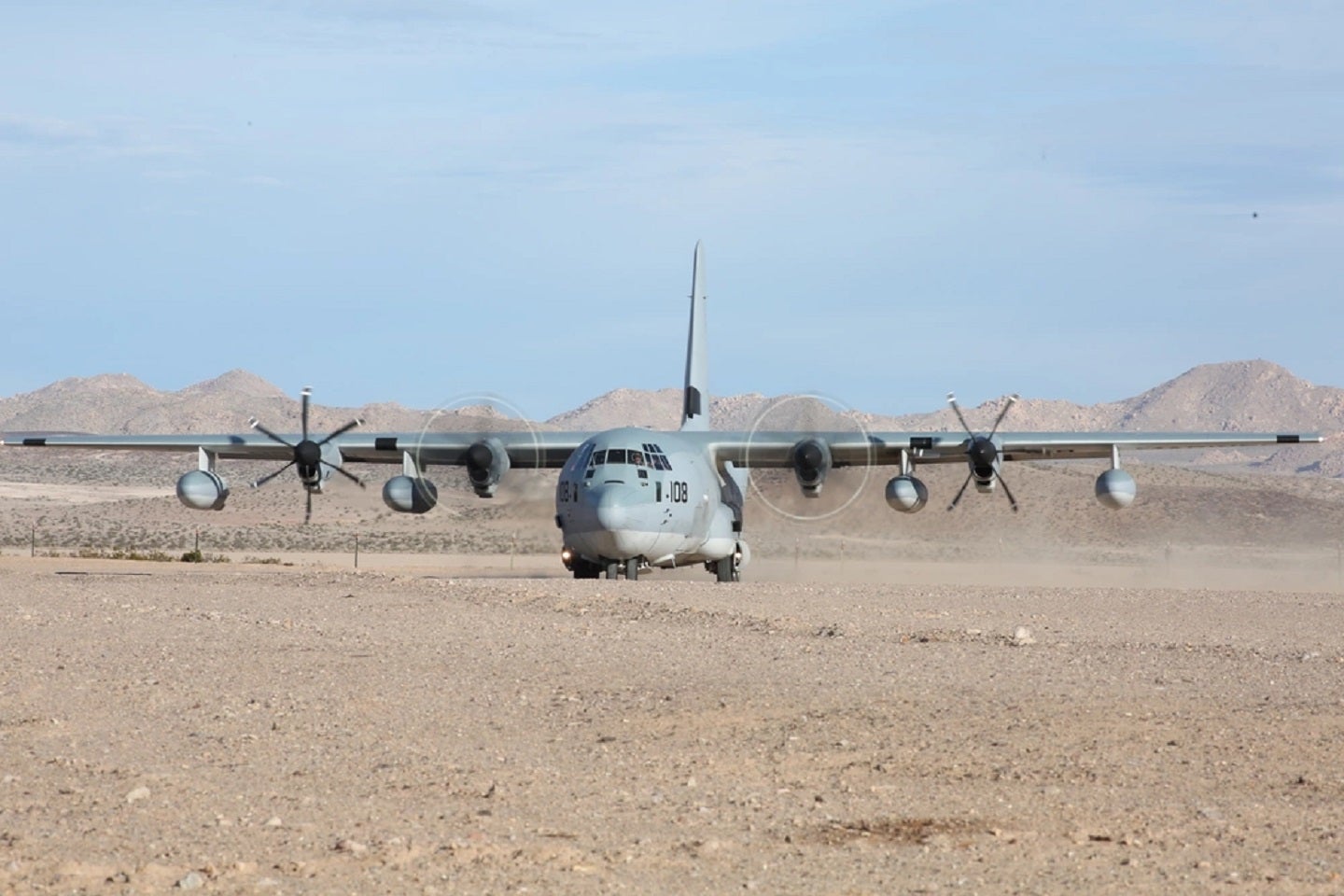
The US Department of Defense (DoD) contracted Connecticut-based Collins Aerospace company on 30 March to repair the US Air Force’s (USAF) enduring C-130 military transport aircraft.
This contract, which is valued at $23.6m, provides repairs in support of the NP2000 eight blade propeller and electronic propeller control system of the C-130.
The total estimated value of all options is $116,760,189. The maximum ceiling value of the contract is $140,383,922. Work will be performed in Windsor Locks, Connecticut, and is expected to be completed by 29 March 2028.
GlobalData forecasts a slow, but steady growth in spending on the USAF’s HC-130J fleet at $158m in 2023, which will rise to $175m in 2028. By which time, however, GlobalData expects spending to stop, as the DoD will start prioritising its future transport aircraft fleets. From 2028 spending will increase from $278m to $487m by 2033.
It appears that the latest contract for C-130 repairs, together with the market intelligence of DoD spending on their transport aircraft, discern an intriguing contradiction on USAF’s policy going forward.
Moving to replace the C-130
The United Kingdom has made a move to put its C-130 fleet on the market since October 2022. The country has since adopted the A400M Atlas transport aircraft to succeed the legacy fleet.
At the same time, the UK has been using its legacy fleet to support the aftermath of the earthquake in Turkey in February this year. The Royal Air Force (RAF) has flown over 15 tonnes of humanitarian aid and 81 tonnes of medical aid to the people of Turkey and Syria including thousands of thermal blankets and medical supplies.
Despite the recent changes in the RAF’s transport aircraft transition, the C-130 is still proving to be a timeless transport aircraft in any case. This is no doubt something the USAF similarly recognises judging from the DoD’s desire to continue using the enduring fleet as they make important repairs.
Long-range capabilities
A Tactical Air and Land Forces Subcommittee hearing met on 29 march to discuss the recent FY 2024 Budget request – comprising over $133bn worth of programmes, the largest of any hardware subcommittees – for military fixed-wing tactical and training aircraft programmes.
The subcommittee found that long-range strike and long-range logistical capabilities are of the highest priority in regard to the needs of the USAF right now. Especially considering the fact that “the National Defense Strategy is clear in its focus on China as our nation’s pacing threat” in the wide-ranging Indo-Pacific theatre so far away from the continental United States.
The subcommittee chairman, the US Representative Rob Wittman, stated that long-range capabilities “are essential components for executing INDOPACOM’s military strategy and enabling operational success of the joint force competing against the tyranny of distance in response to ever-increasing Chinese aggression.
“Additionally, I truly believe those long-range capabilities I just described are even more essential as they augment and support the tactical fighter fleet. However, I am worried about the Department’s current direction regarding the composition of the US military’s tactical fighter force structure and required capabilities,” Wittman added.
With this prognosis in mind, this could go some way to explaining why the C-130 may be considered to be on its last legs in the USAF, and certainly so in the RAF as the A400 Atlas is superior in terms of its distance capability compared to the C-130.



